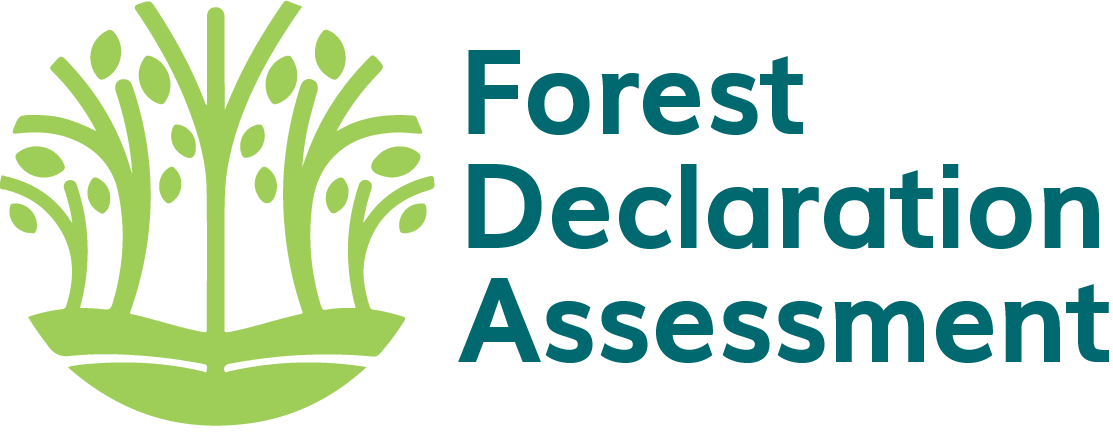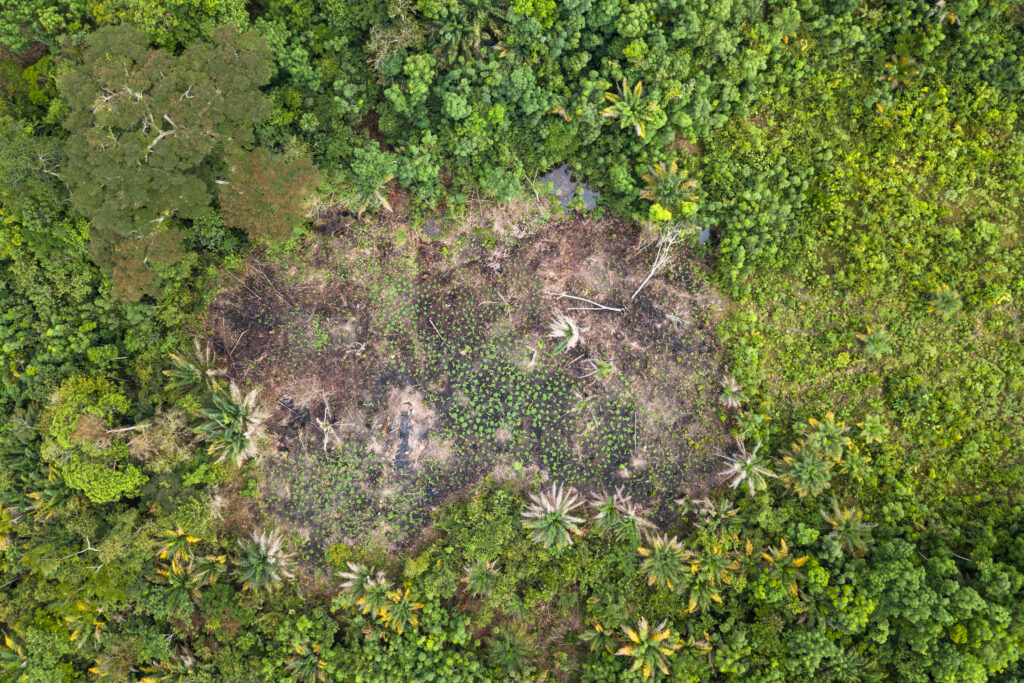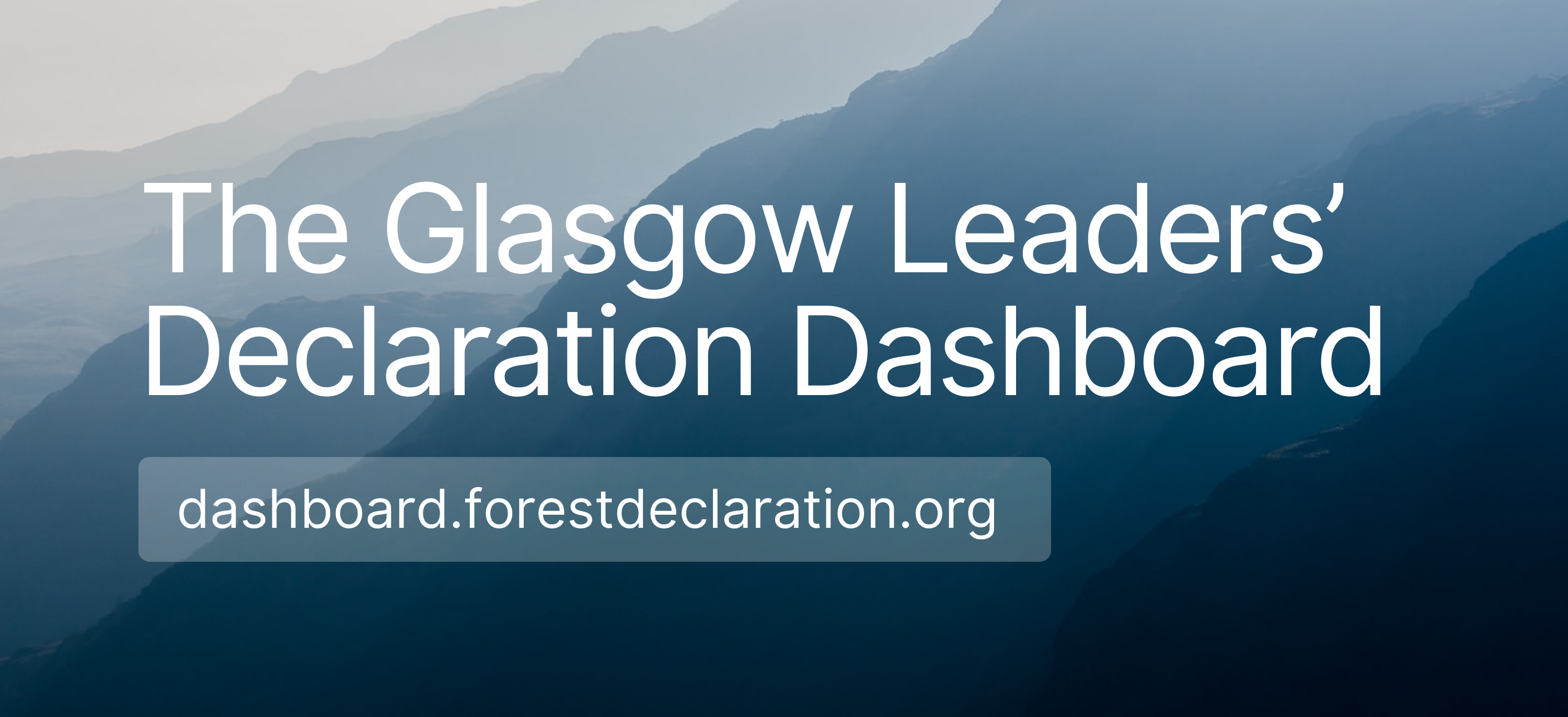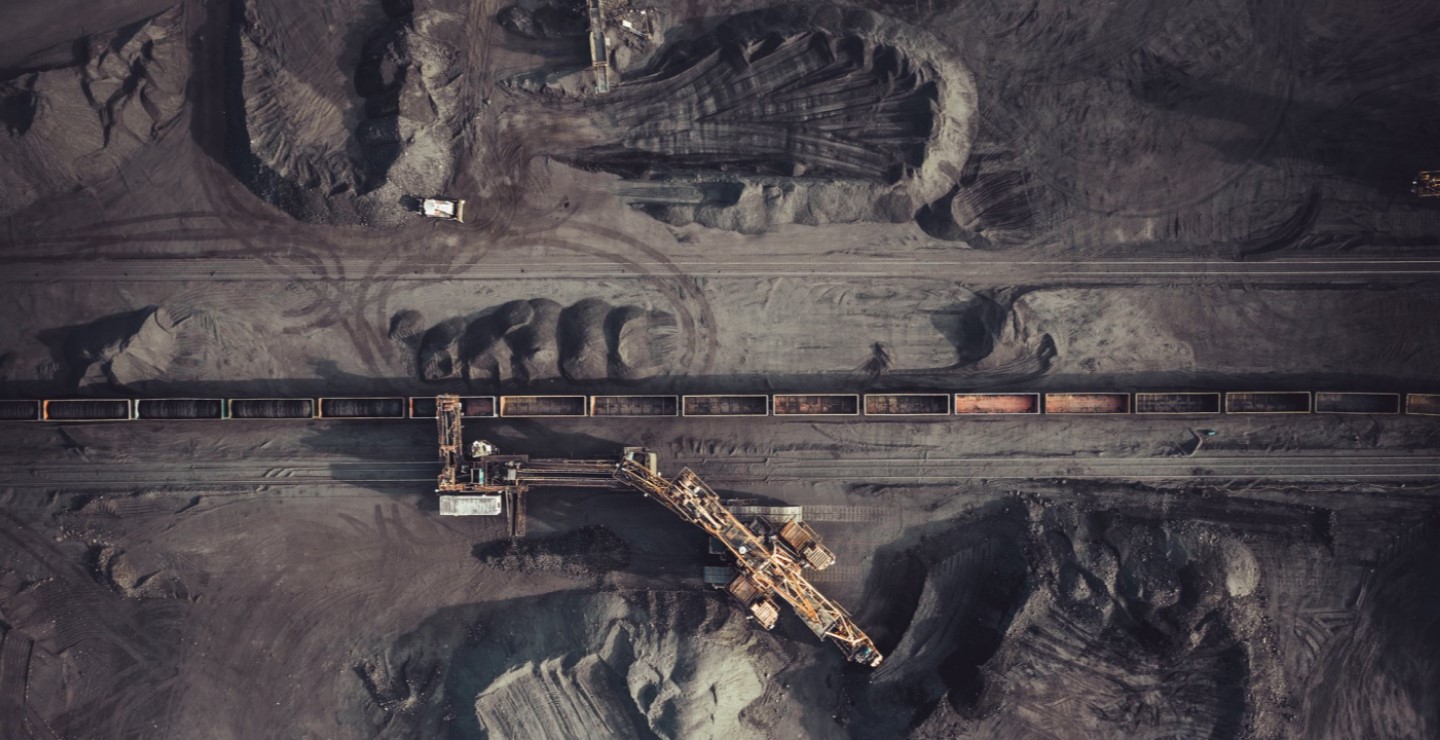By David Landholm and Jillian Gladstone
Restoration of forest landscapes is a necessary condition for reaching the Paris Climate Agreement’s 1.5°C global temperature goal. Improvement of monitoring capacity and coordination across restoration initiatives will drive long-term investment and help the realization of its mitigation potentials.
This week marks the official launch of the UN Decade on Ecosystem Restoration, a decade dedicated to restoring ecosystems with the aim to prevent, halt and reverse environmental degradation worldwide. Restoration of ecosystems, including forests, is critical to realizing global climate, biodiversity and development goals.
Realizing the 1.5°C climate target will require halving global GHG emissions each decade and reaching net zero by 2050. Restoration initiatives in forests, peatlands, and coastal wetlands – combined with improved plantations and agroforestry – could provide about 10% of the mitigation needed to attain the 1.5°C target. Together with avoided deforestation, these measures represent the most promising climate measures in the land sector. In addition, the restoration of degraded landscapes can benefit an estimated 3.2 billion people.
This is why restoration of forests was enshrined in Goal 5 of the New York Declaration on Forests (NYDF) and sets an ambition to restore 350 million hectares by 2030. Despite numerous pledges from both the public and private sector, the implementation of restoration initiatives remains slow: the latest assessment of NYDF Goal 5 estimated that restoration efforts were underway on only a fifth of the 2020 interim target of 150 million hectares.
Restoration efforts underway
Although the definition of ‘restoration’ can be elusive, numerous initiatives, such as the annual NYDF progress assessments, accept the concept of forest landscape restoration adopted by the Bonn Challenge. Forest landscape restoration “incorporates multiple objectives in landscape mosaics that include regaining ecological integrity and enhancing human well-being”, presenting a balance between meeting environmental and socioeconomic needs.
The Bonn Challenge, which provides a framework for NYDF Goal 5, is also connected to various regional processes, including the Initiative 20x20 in Latin America and the Caribbean, the AFR100 in Africa, and the ECCA30 in Europe, the Caucasus and Central Asia. On top of these initiatives, major corporations stepped up their ambition in 2020 by pledging to protect and grow 1 trillion trees.
The critical role of monitoring
Effective restoration monitoring is critical to successful realization of restoration goals because it allows the global community, restoration organizations and implementers to track progress and celebrate success.
Detailed maps describing forest and landscape restoration opportunities have been available for at least a decade, and global databases on sustainable land management have also continued to grow. Promising new platforms continue to emerge to monitor land degradation.
However, in contrast to our ability to track tree cover loss, which occurs instantaneously and is technically easy to capture, monitoring tree growth across multiple years is more difficult. Assessing global restoration progress is challenged by incomplete data and local implementation complexity. Until this point it has also had to rely on remotely sensed tree cover gain data as a proxy, creating important oversimplifications. Tree cover gained through plantations, abandoned land, or active restoration interventions are often indistinguishable from forest landscape restoration in satellite data.
Monitoring challenges not only limit our ability to understand progress against climate and biodiversity targets but also pose serious risks in terms of perceived legitimacy of restoration. For companies and investors to seriously consider this avenue of climate mitigation, we need increased transparency in restoration, credible reporting, and coordination across restoration actors. In an article published this week, Climate Focus and other NYDF Assessment Partners who contribute to the Goal 5 assessment argue that advancing monitoring efforts will build the necessary trust required by investors to prioritize long-term investment in restoration.
Coordination and collaboration
Accordingly, many tools & initiatives are coming online in 2021 to support restoration planning, implementation and monitoring. Restor, grown out of the Crowther Lab at ETH Zurich, will provide ecological data and high-resolution time-series imagery to project implementers. TerraMatch from World Resources Institute (WRI) matches potential funders with implementing partners; while WRI’s Land and Carbon Watch will come online in late 2021 to map and monitor land-cover and its change over time. IUCN will also release an updated Restoration Barometer this year to support governments and private sector actors who have made restoration commitments to track progress on enabling factors. Meanwhile the Task Force on Monitoring for the UN Decade, facilitated by FAO, will present a Framework for Ecosystem Restoration Monitoring (FERM) to improve data access and transparency.
In light of the number of tools being developed, it is clear that coordination across initiatives to build cohesion in this space will be critical to address many of the above-mentioned challenges. Improving restoration monitoring and working together across platforms to share best practices and create complete data sets will provide transparency, demonstrate legitimacy, and build trust. Supported by the NYDF Global Platform, Climate Focus is convening the Global Restoration Observatory (GRO), a collaborative initiative made up of many restoration experts and practitioners -- including those noted above -- to coordinate initiatives, facilitate information sharing and build linking architecture between restoration monitoring platforms. These collective efforts are driving increased collaboration among initiatives to make monitoring more effective, efficient and straightforward for companies, governments and donors.
All of these developments demonstrate more support than ever for those working on restoration at all levels; and will make it easier for a wide variety of stakeholders to monitor, report and track restoration progress. And importantly, this collective investment in restoration monitoring signals a long-term investment in supporting companies, countries & practitioners to realize their goals – not just this month or this year, but through the 2030 target of the NYDF and beyond.
About the authors
David M. Landholm is a senior consultant at Climate Focus. His work focuses on research, advisory and implementation projects related to tropical deforestation drivers, sustainable agriculture and Greenhouse Gas accounting methodologies.
Jillian Gladstone is a senior consultant at Climate Focus where she focuses on climate & deforestation mitigation and restoration. She leads the NYDF Goal 5 assessment, and coordinates the Global Restoration Observatory (GRO).
Banner photo: Field with recently planted acacias and put to production near Likolo, Yanonge - DRC. Photo by Axel Fassio/CIFOR via Flickr.





